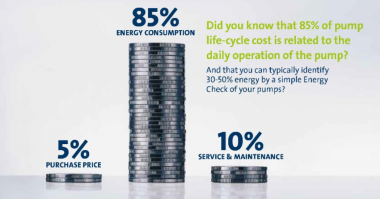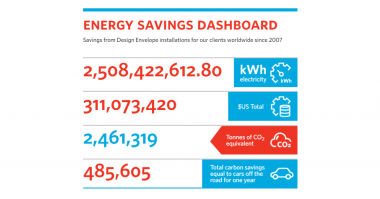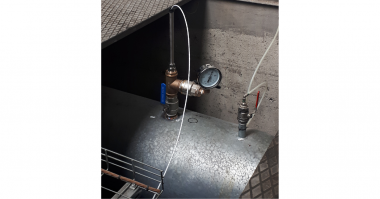Video Transcription:
Consider the pump the ubiquitous unsung hero in the daily lives of human beings – from distributing water to generating electricity. Utilized in virtually every sector of industry, pumps are critical to individuals, industries, and economies alike, but studies from the United States Department of Energy confirmed that pumping systems are energy intensive.
In fact, pumping systems across all industrial sectors represent the highest energy consumption among motor driven systems. Pumps, however, also represent the greatest potential for energy and cost savings. To realize these savings, regulations and incentives have been developed to promote high efficiency pumps in the marketplace.
The Hydraulic Institute, a leading industry non-profit organization that sets standards for pumps and pumping systems, has developed a pump Energy Rating system that rates bare pumps, pumps and motors, and pumps, motors, and drives. HI’s Energy Rating allows for commensurable comparisons of energy consumed from pumps in the marketplace; from the most consumptive to the least. The higher the Energy Rating is on the scale, the more efficient that pump is compared with others in the marketplace.
HI’s Energy Rating is a direct calculation from the regulatory required Pump Energy Index Value. The Energy Rating value enables easy calculation of actual power savings over other Energy Ratings. A pump with an energy rating of 30, for example, consumes 20% less power than a pump with an Energy Rating of 10, assuming the Department of Energy’s average load profile. Multiplying actual power savings by operating hours and cost of electricity yields the estimated cost savings.
For example, in a typical 50 horsepower system operating 5,000 hours per year using the average commercial energy rates in the united states of 11 cents for a kilowatt hour a pump with an Energy Rating of 30 will have an estimated annual savings of up to $4,100 compared to a pump with an Energy Rating of 10.
An Energy Rating from HI also communicates savings when a motor




Comments